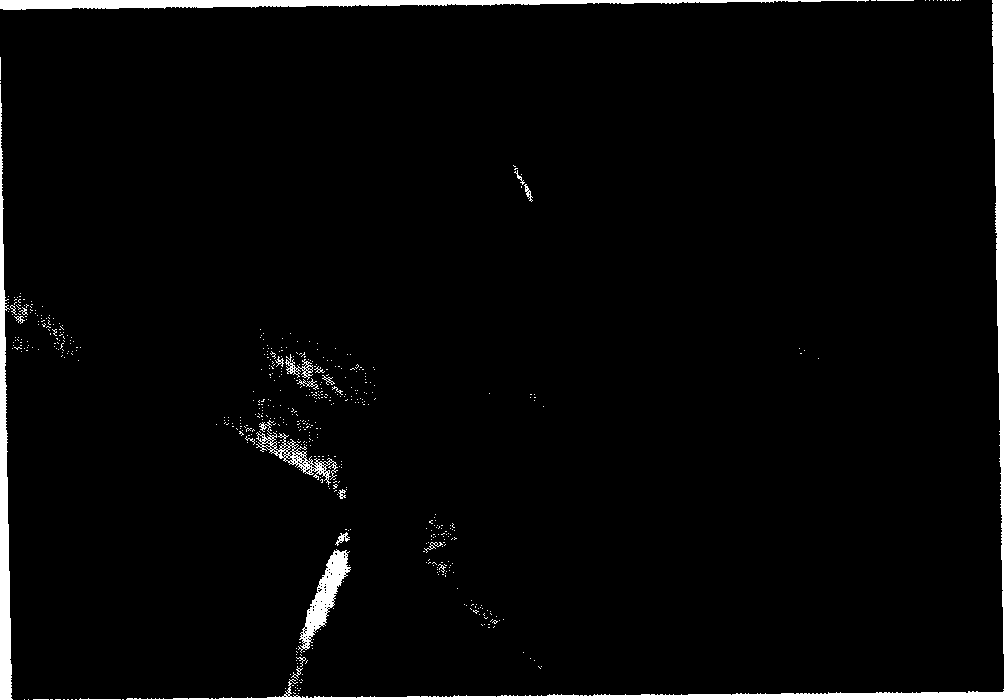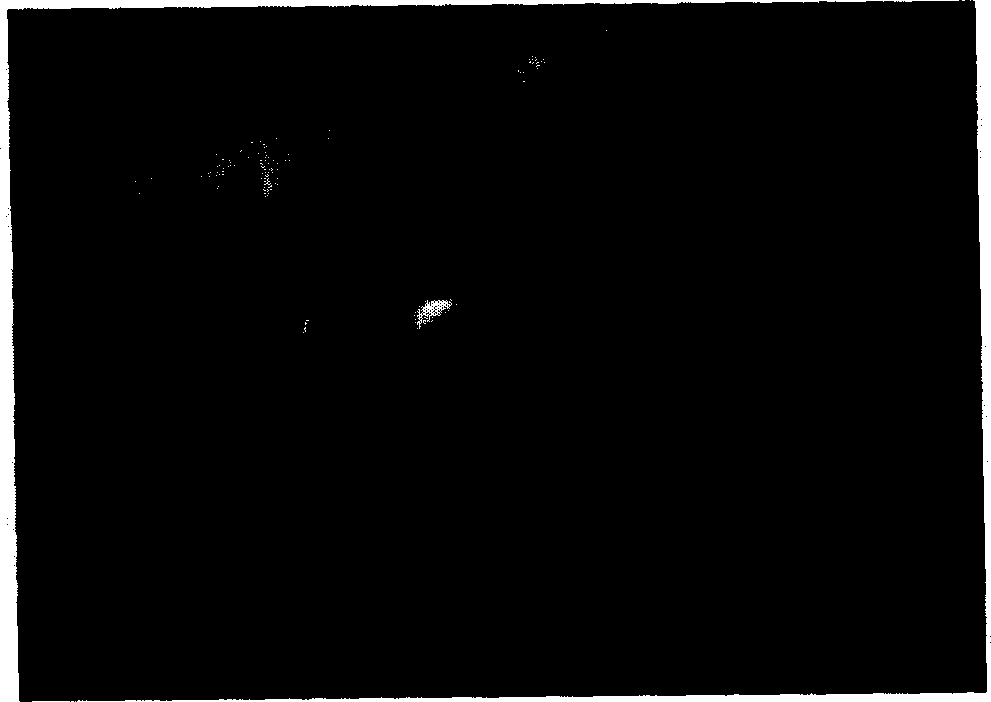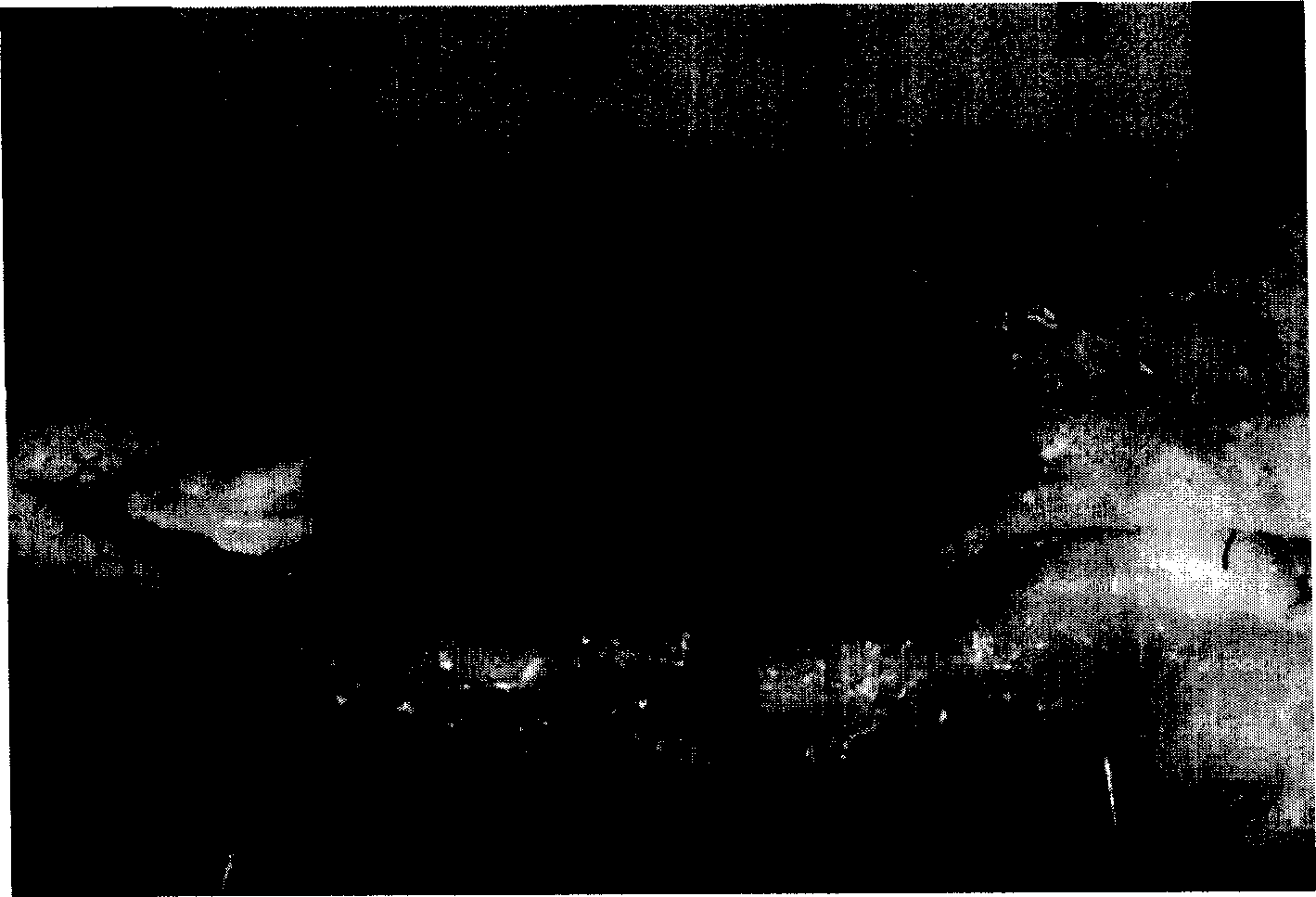Tissue engineering produced tendon
A tissue engineering, tendon technology, applied in the field of medicine and biomedical engineering, can solve problems such as excretion, infection of prosthesis, degradation, etc.
- Summary
- Abstract
- Description
- Claims
- Application Information
AI Technical Summary
Problems solved by technology
Method used
Image
Examples
preparation example Construction
[0058] The preparation method of the tissue-engineered synapse of the present invention is simple and convenient. A certain number of synaptophyte cells are mixed with a pharmaceutically acceptable biodegradable material, and then coated with a biofilm, or the synaptophyte cells are inoculated on the biofilm-coated tissue. in biodegradable materials.
[0059] The shape of the tissue-engineered tendon graft of the present invention is not particularly limited, and can be shaped arbitrarily according to the shape of tissue defect. Usually, grafts are long strips. Taking a cylinder-like graft as an example, its sides are covered with a membranous covering, and its ends may or may not be covered with a membranous covering.
[0060] The biofilm typically covers at least 60%, preferably at least 70%, more preferably at least 80%, most preferably at least 90% of the external surface area of the biodegradable material.
[0061] The concentration of myosynaptic cells in the tissue-...
Embodiment 1
[0070] Isolation and expansion of tenocytes in vitro
[0071] Seeding cells is an essential element in tissue engineering research. The application of tissue engineering technology to construct tendon tissue requires the expansion and culture of as few cells as possible in vitro to reach the number of cells required for the construction of tendon tissue. In this example, the enzymatic digestion technique was used to separate the tenocytes in the tendon tissue, and expanded and cultured them in vitro. (1) Isolation of Tenocytes
[0072] Cut out II-IV toe Leghorn deep flexor tendon (tendon sheath area) under aseptic condition, and cut the tendon tissue into 1×2×2mm 3 Put the tissue block into a centrifuge tube and wash it three times with PBS, add 0.25% type II collagenase, place it on a shaking table at 37°C for digestion, and collect tenocytes at 4, 5, and 7 hours respectively. Obtain isolated myocytes by harvesting as follows:
[0073] 1. Pass the digestive juice through ...
Embodiment 2
[0091] Preparation of biomaterial scaffolds and formation of "cell-biomaterial" complexes
[0092] Another key factor in tissue engineering technology is the biomaterial scaffold. Cells grow on the biomaterial scaffold and secrete extracellular matrix. In the early stage, the biomaterial scaffold plays the role of extracellular matrix. As time goes by, the cells secrete extracellular matrix gradually increase, and the biomaterial scaffold gradually degrades. In this dynamic process, the optimal way is to achieve a dynamic balance between the production of extracellular matrix and the degradation of biomaterial scaffolds. Biomaterials also need to have good biocompatibility and porosity (after cells adhere to the biomaterial, they can not only contact each other, but also facilitate the exchange of nutrients and the discharge of metabolic waste), good biomechanical properties, and can Replace the biomechanical function of the tissue to be repaired. In this example, polyglycol...
PUM
| Property | Measurement | Unit |
|---|---|---|
| Thickness | aaaaa | aaaaa |
| Thickness | aaaaa | aaaaa |
| Longitudinal tensile strength | aaaaa | aaaaa |
Abstract
Description
Claims
Application Information
 Login to View More
Login to View More - R&D
- Intellectual Property
- Life Sciences
- Materials
- Tech Scout
- Unparalleled Data Quality
- Higher Quality Content
- 60% Fewer Hallucinations
Browse by: Latest US Patents, China's latest patents, Technical Efficacy Thesaurus, Application Domain, Technology Topic, Popular Technical Reports.
© 2025 PatSnap. All rights reserved.Legal|Privacy policy|Modern Slavery Act Transparency Statement|Sitemap|About US| Contact US: help@patsnap.com



